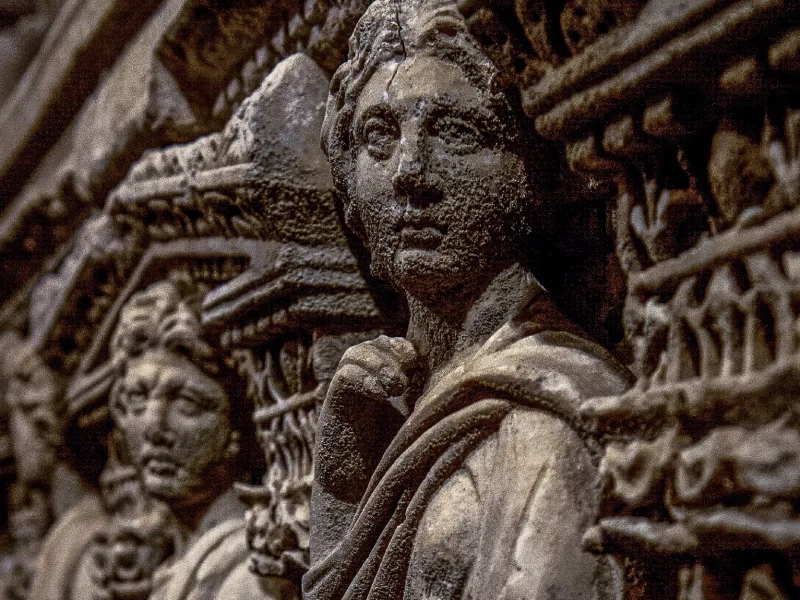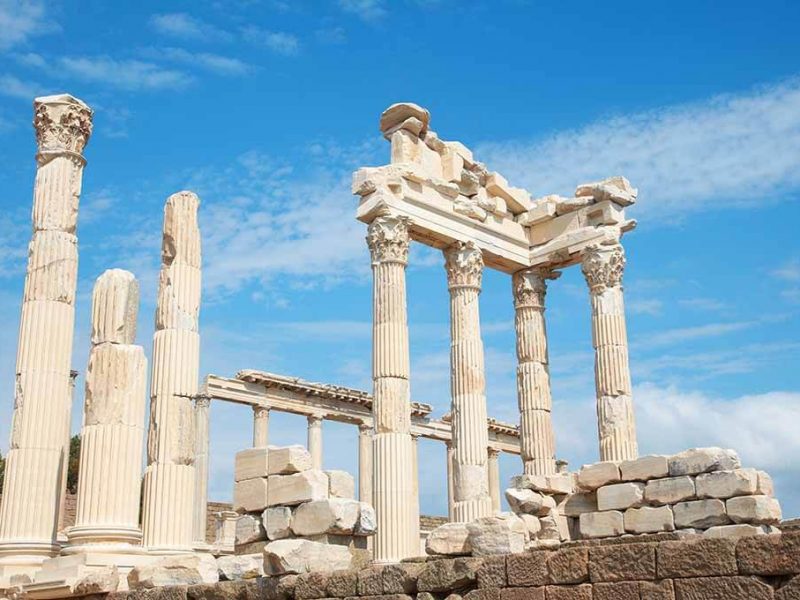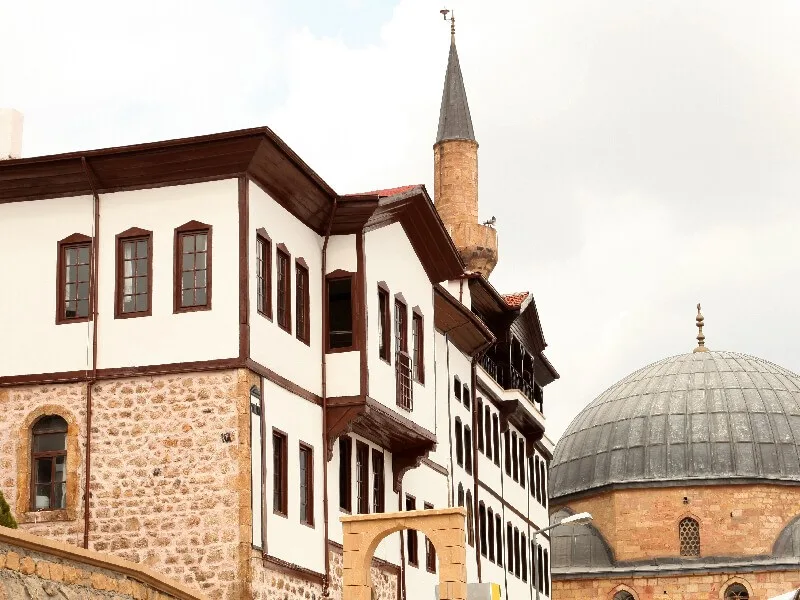Malatya has survived until today by bouncing back after being invaded—and then re-inventing itself over and over. It is one of the most beautiful cities of the Eastern Anatolia Region. The city was established during the Hittite Period and enjoys a strategic location. During that time, it was on important trade areas and was a platform for many wars. These conflicts damaged the city, causing it to constantly face restructuring.
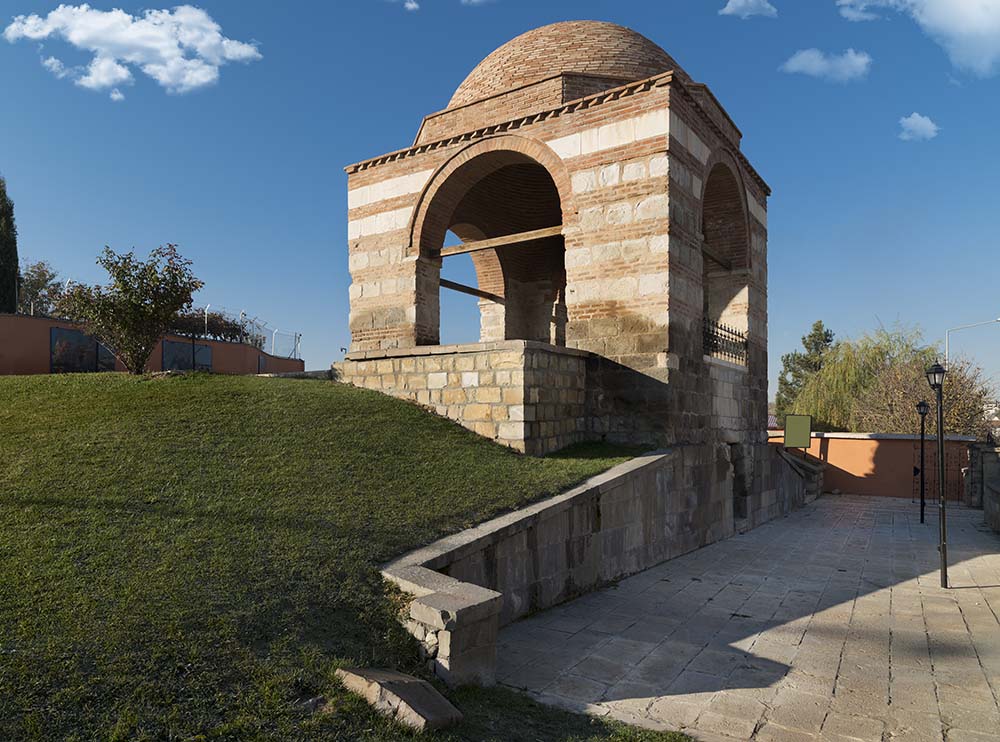
Kanlı Kümbet
Located amidst cities like Elazığ, Diyarbakır, Sivas, and Kahramanmaraş, Malatya has a lot of mountains. The main peaks are Nurhak, Söğütlü, and the Malatya Mountains. Apart from them, the more remote but still visible Bey Mountains grace the city’s views. After construction of the dams, the climate of Malatya has become a bit milder. Although the city was quite cold and dealt with harsh winters in the past, it now has a more moderate climate. Pınarbaşı and Orduzu Lakes are favorite picnic areas in the city.
The city is the most developed province in the Eastern Anatolian Region because high quality apricots are grown here. Thanks to this situation, many people hold good jobs in apricot factories.
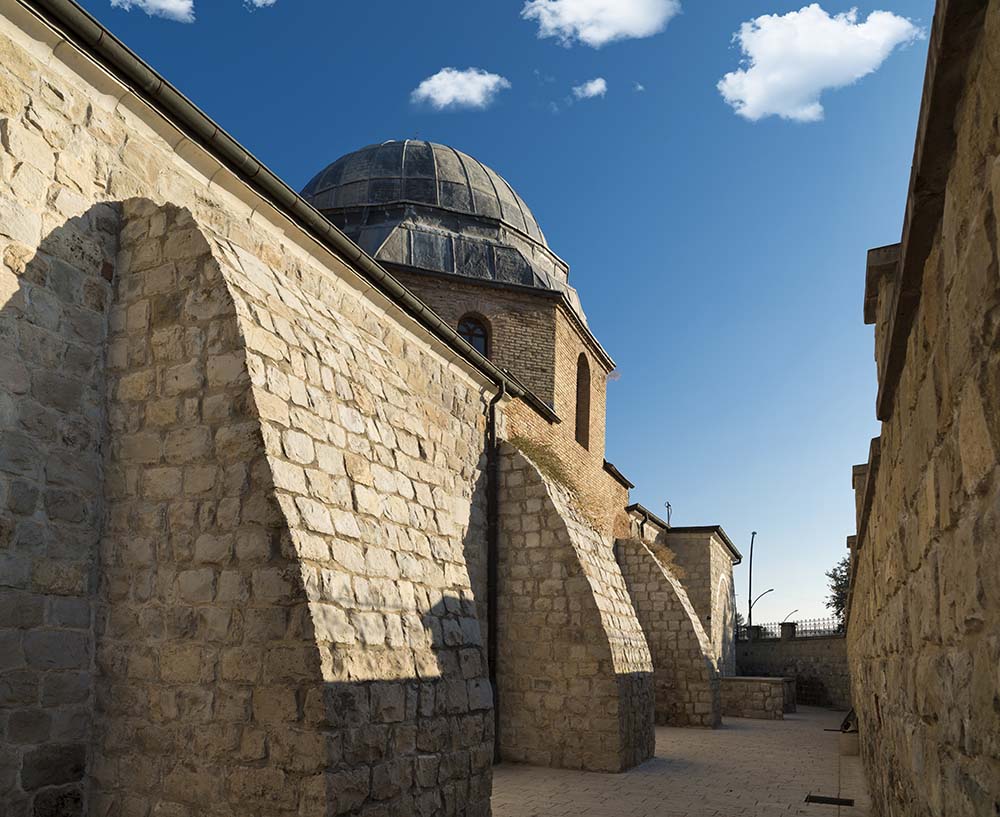
School of Sahabiyei Kubra
Places to Visit
If you are planning a trip to Malatya, which has a deeply rooted history, you should make a list of the best sight-seeing places, one of which is Orduzu. As a small town of Malatya, this area is famous for apricots– and for hosting apricot festivals! Other historical places and sight-seeing are:
- Beşkonaklar Ethnography Museum: Objects such as clothes used by local people in the past, pocket watches, lighters, and gravity meters are found in this museum.
- Levent Valley: It shows us the natural beauties of Malatya. Steep slopes and interesting surface features allow visitors to experience moments of pleasure.
- Malatya Atatürk House: This used to be a community building. Then, it was opened to public upon the death of Atatürk.
- Battalgazi Ulu Mosque: It was built in 1220s. However, it is said that the originality of the mosque was lost since its construction.
- Melik Sunullah Mosque
- Yusuf Ziya Paşa Bazaar
- Malatya Castle: It is easily available as it is located in the center of the city.
- Gün Pınar Waterfall
- Nemrut Mountain National Park

Kapıkaya Dam
Local Cuisine
There is a great variety of dishes in local cuisine, from salads to meat dishes, vegetable dishes to dessert types. The first local dishes that come to mind are lentil soup, stuffed mulberry leaves, fried meat on metal sheet, and sumac sour meatballs. Malatya’s other famous dishes are analı kızlı, stuffed meatballs, liver meatballs, rice soup, soup made of sheep’s head and foot, and meat brewis.
How to Get There
The Malatya Airport makes transportation here easy. Rail or highway can also be taken for a trip to Malatya. Thanks to convenient transportation options, you can add Malatya to your itinerary.

